Today's Guide to the Marketing Jungle from Social Media Examiner...
presented by 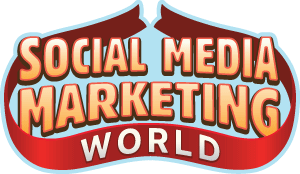
The weekend is almost here, Alluser! Here's a recap of the most important insights, trends, and updates from the week. Catch up in minutes and go into next week prepared.
In today's edition:
-
Does your Meta ads strategy rely on lookalike audiences?
-
Proven YouTube video ideas to test
-
Get more customers and clients from LinkedIn
-
Discover how to leverage three levels of email marketing automation
-
3 tools for building custom GPTs
-
TikTok Updates: Trends Insights, New Ads, Attribution Enhancements, and More
-
A simple 4-step process to stop re-explaining your business to chatGPT every time you open it
-
5 Tips for getting strategic marketing insights from AI research
-
🗞️ Industry news from Anthropic, Pinterest, YouTube, and more

Why It's Harder to Restrict Ad Targeting to Lookalike Audiences
You've carefully built your lookalike audiences. You've trusted Meta to stay within those lines. But a quiet shift in ad targeting behavior means that control is slipping especially if your campaign goals focus on conversions or clicks.
Meta is increasingly blurring the boundaries between your chosen audience and its algorithmic suggestions. And it's not just in Advantage+ campaigns—manual setups are affected, too. For marketers relying on precise targeting, this could mean your ads are reaching a broader pool than you expected.
Jon Loomer explains what these subtle changes mean for your budget, performance, and targeting power and how you should adjust your strategy. Read more here.
7 Videos to Test on Your YouTube Channel
The Think Media team has identified seven proven video formats that drive views, increase watch time, and attract new subscribers—regardless of your niche.
This breakdown moves beyond trends to highlight repeatable, high-impact video structures. From educational how-tos and reaction-based content to transformation stories and beginner-focused guides, these formats are designed to align with audience search behavior and content consumption patterns.
For marketers working with limited time and resources, these video styles offer strategic direction and creative flexibility. Watch more here.
30-Day LinkedIn Customer Acquisition Strategy
Most marketers assume LinkedIn success comes from high-frequency posting or aggressive outreach.
In reality, one of the most effective ways to drive results—especially for small business owners and marketing professionals—is far simpler and significantly underutilized: leveraging your existing network.
Mandy McEwen shares an overlooked approach that is rooted in reconnecting with your first-degree connections to surface warm leads, secure referrals, and open new conversations—all without cold messaging or high-volume content demands.
It's a structured, repeatable process that delivers qualified opportunities in under 30 days, whether you're a solopreneur or leading a team. Watch more here.

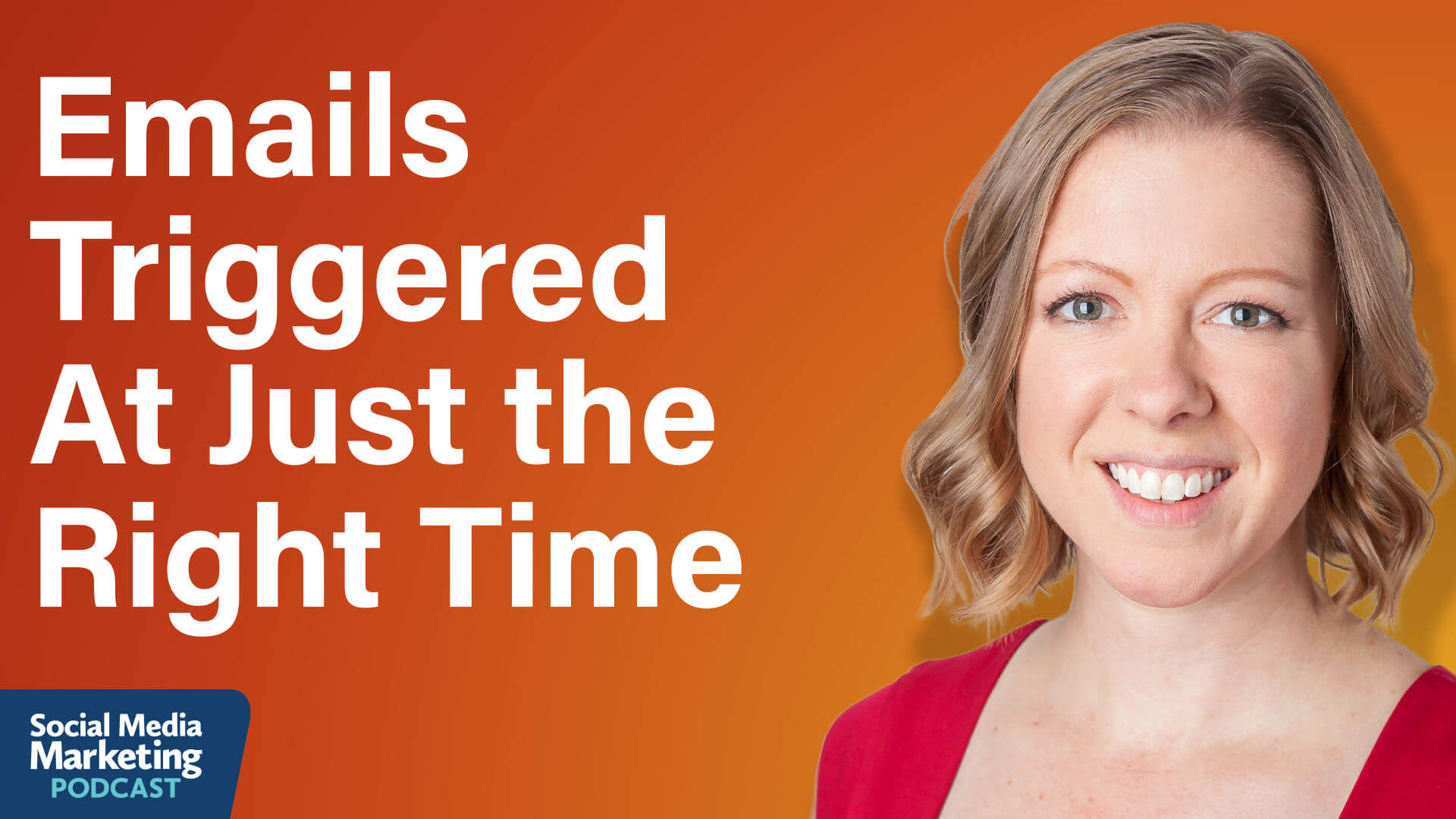
Email Marketing Automation That Moves People to Action
Email offers something unique to marketers: an owned database of people who literally give you permission to put ideas in their inbox.
What's the difference between email marketing broadcasts and email marketing automation?
Automated email sequences represent a fundamental shift from broadcasting on your schedule to delivering personalized messages when they mean the most to each recipient, triggered based on specific actions or inactions taken by that customer:
-
Someone signs up for your email list, and they get a welcome email immediately.
-
If someone abandons their cart, they receive a follow-up within hours.
-
Someone makes a purchase, and they enter an onboarding sequence.
Jessica Best, founder of BetterAve and veteran email marketing strategist who has worked with major brands like Applebee's, Winnebago, and Planet Fitness, believes automated email is the key to systems that continue generating revenue until you turn them off. It delivers higher engagement and better conversion rates than other channels, and most importantly, attributable action that directly impacts your bottom line.
Email Automation for Advanced Lead Nurturing
Lead nurturing automation addresses prospects who have demonstrated varying levels of purchase intent.
Automation's critical advantage over human follow-up lies in speed. While sales teams should follow up on qualified leads, automation can beat even the fastest salesperson to the prospect's inbox.
This immediate response acknowledges the prospect's interest while they're still warm, sets expectations for the sales follow-up, and can help schedule subsequent phone calls by offering convenient times for contact.
This automation requires a more sophisticated approach that recognizes the difference between someone casually downloading a free resource and someone actively requesting a product demonstration.
The automated response must match the level of intent and commitment demonstrated by the prospect's actions.
For content downloads, the automation should mirror the welcome email approach but with more focus on education and nurturing. Best describes working with an HR client who tracks what topics prospects download and then sends a nurture stream focused specifically on that subject area. If someone downloads content about legal compliance, they receive additional resources about legal topics while the salesperson separately follows up through personal outreach.
For demo requests and other high-intent actions, the automation shifts toward sales support. These prospects have explicitly indicated readiness to engage with your sales process, so the automated emails should facilitate and accelerate that engagement rather than focusing on education.
Case Study: Winnebago's Lead Nurture Email Automation
Winnebago offers downloadable brochures for each vehicle model available on their website, but they weren't leveraging these downloads for lead capture and nurturing.
The solution involved creating a comprehensive four-part email series triggered by brochure downloads.
The first email delivered the requested brochure immediately while also sending it to the prospect's inbox for future reference.
The second email provided deeper technical specifications for the specific model they'd examined. The third email featured behind-the-scenes and influencer videos showing detailed tours of the vehicle. The fourth email focused on reinforcing the Winnebago brand advantage over competitors.
This last element proved particularly crucial because Winnebago doesn't sell directly to consumers. They must sell through dealers who might have incentives to promote competing brands. The automation gave Winnebago direct access to prospects during their research phase, allowing them to build brand preference before prospects visited dealer showrooms.
The results spoke for themselves: a fifty-to-one return on investment. By matching back warranty registration email addresses to people who had been nurtured through the automation, Winnebago could directly attribute vehicle sales to their email nurturing efforts.
Other topics discussed include:
-
Personalizing Email Automation
-
Email Automation for a Welcome Sequence
-
Email Automation for Post-Purchase Follow Up
Today's advice is provided with insights from Jessica Best, a featured guest on the Social Media Marketing Podcast and speaker at Social Media Marketing World.
Watch the full interview on YouTube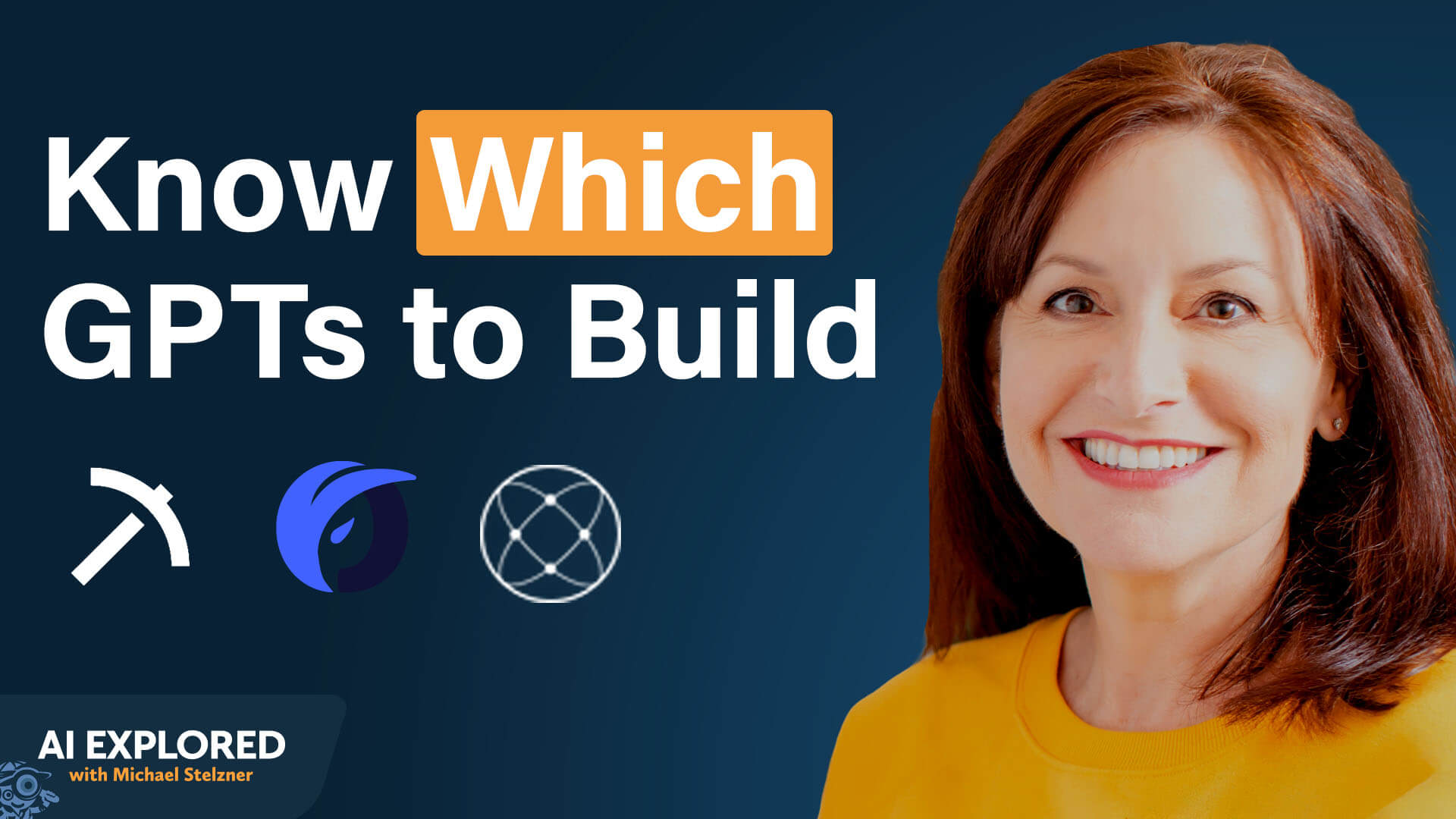
Custom GPTs That Make You More Money and Free Your Time
Custom GPTs have evolved far beyond simple time-saving tools to become powerful revenue generators for businesses across industries. The misconception that these AI assistants produce only generic, unhelpful responses stems from poor implementation rather than platform limitations.
The reality is that custom GPTs can fundamentally transform how businesses operate.
When built correctly using proprietary methodologies, frameworks, and experience, these AI assistants become extensions of your teaching and expertise rather than generic content generators.
When implemented strategically, custom GPTs also deliver measurable business outcomes across multiple dimensions. The primary benefits center around two core areas that every business owner values: making more money and saving time.
AI strategist Wendy Breakstone shares that one client saved five thousand dollars by building two foundational custom GPTs that took over the work previously requiring a full-time employee. The speed and efficiency gains were immediate and substantial, demonstrating how these tools can directly impact your bottom line through cost reduction and capacity expansion.
From a revenue perspective, well-designed custom GPTs can double your enrollments, retention rates, renewals, and referrals. When you can deliver faster, better results to clients or stakeholders, you become the person who naturally comes to mind for referrals. People don't care about the mechanics of how you achieve results; they care about reaching their destination quickly and effectively. Custom GPTs serve as the vehicle that gets them there faster.
These AI assistants also enable rapid expansion of your service offerings. You can spin up new income streams quickly by leveraging existing expertise through different custom GPT applications. For service-based providers and consultants doing done-for-you work, custom GPTs allow you to accomplish more in less time, which creates opportunities to take on additional clients and increase overall revenue.
3 Third-Party Platforms for Building Custom GPTs
While ChatGPT's native custom GPT builder works well for many applications, third-party platforms offer additional control and functionality, particularly for businesses wanting to create walled gardens or embed GPTs into existing systems.
Your choice of tool ultimately depends on your technical comfort level, budget, and specific business requirements. Starting with simpler platforms and upgrading as needs become more sophisticated provides a logical progression path for most businesses entering the custom GPT space.
RadGenius stands out for its simplicity and affordability.
At seven dollars per month, it provides an uncomplicated platform that mirrors the ChatGPT building experience without overwhelming bells and whistles. The platform focuses on core functionality while gradually adding powerful features in a thoughtful, selective manner. Rad Genius works exclusively with OpenAI models including GPT-4 and GPT-4.1, ensuring compatibility with the most advanced language models available.
The platform appeals to users who want to use AI expertly without becoming AI experts. Its straightforward approach eliminates complexity while maintaining the functionality needed to create professional custom GPTs. For businesses wanting to embed GPTs into websites, course pages, or internal management systems, Rad Genius provides the necessary tools without requiring technical expertise.
Pickaxe offers a more robust platform for advanced users willing to navigate additional complexity.
The platform has evolved significantly over the past year, adding features that increase capability while also increasing complexity. Some recent changes have made it more complicated than necessary for basic custom GPT needs, but it remains powerful for users requiring advanced functionality.
Pickaxe recently raised another round of funding and continues expanding its feature set. For corporations wanting to embed custom GPTs into intranets or for advanced users requiring sophisticated AI assistant capabilities, Pickaxe provides the necessary tools. However, the increased complexity means it's better suited for users who are comfortable with more technical platforms.
FormWise represents a higher-end option that many users are testing, though it operates at a different price point.
While the platform offers advanced capabilities, it may not be necessary for most custom GPT applications. The additional cost and complexity aren't justified for basic custom GPT needs, making it more suitable for enterprise applications requiring specialized features.
Other topics discussed include:
-
What are Custom GPTs and How They Improve Your Business
-
Foundational GPT Examples
-
Add-On GPT Examples
-
Stand-Alone GPT Examples
-
The Two-of-Three Rule to Determine Whether Building a Custom GPT Is Worth Your Time
-
The STARS Framework for Building Custom GPTs
Today's advice provided with insights from Wendy Breakstone, a featured guest on the AI Explored podcast.
Watch the full interview on YouTube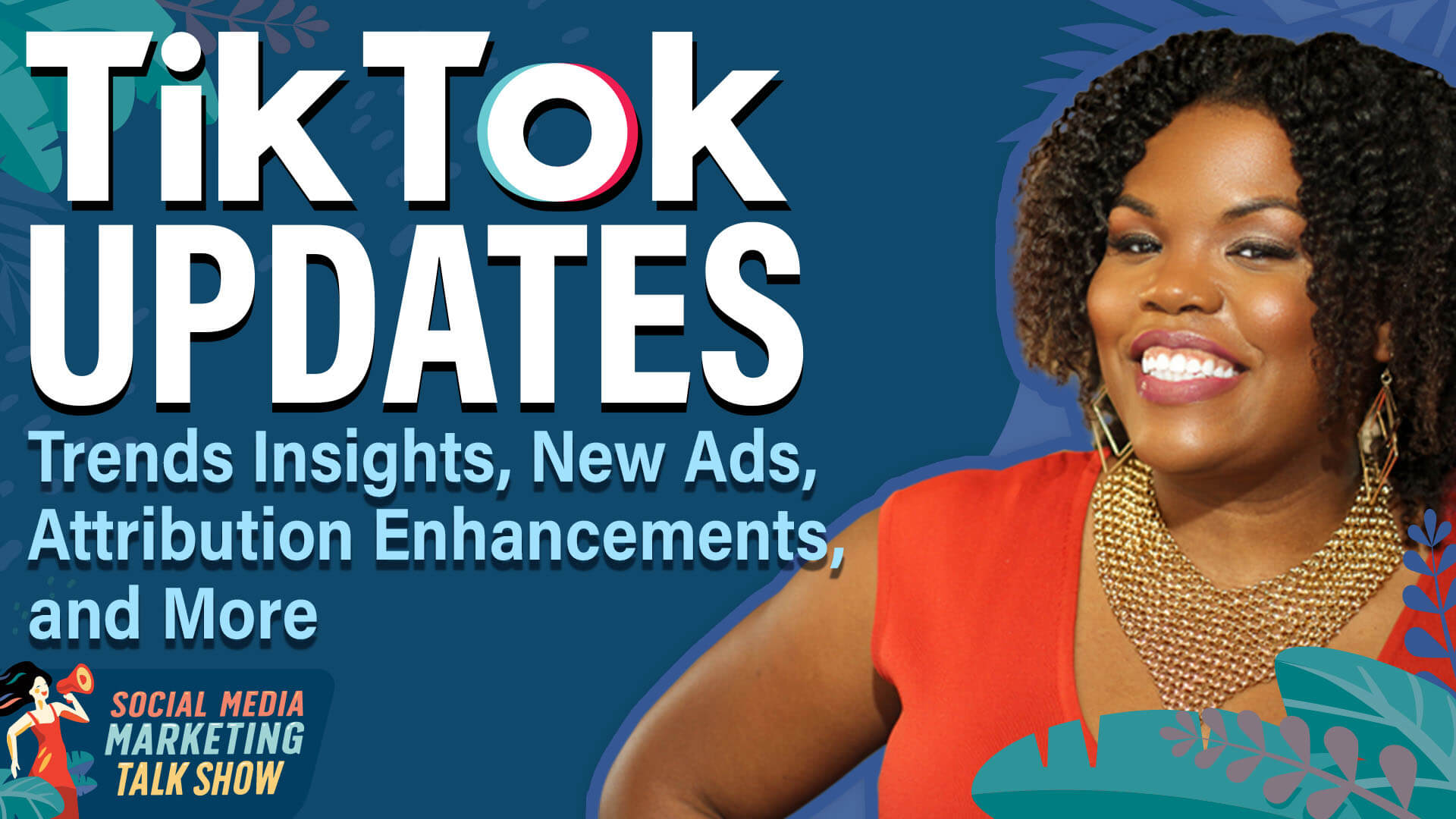
On this week's Social Media Marketing Talk Show, host Jerry Potter and Keenya Kelly break down the latest TikTok news and what it means for marketers like you.
AI-Powered Trend Insights in Creator Tools
Anytime analytics become easier to understand, it's always a good thing. One aspect that's very underrated in the way that AI has made marketers' lives better is making it easier to interpret analytics.
TikTok is now adding AI-powered trend insights into its creator tools. Inside creator analytics, you'll see trending topics related to things you posted on TikTok in the past. The feature includes search trends, keyword suggestions, related videos, and demographic data.
The other important part of this update is that TikTok has thrown a create button in the middle of this analytics page. This addresses a significant challenge for content marketers who have never been big fans of creating timely content around trends because it disrupts their workflow.
The recommended approach is to plan your regular content, whatever it might be. But occasionally, if something interesting happens or you've got a moment, whip open the app and look at the analytics for you or your client. If there's something there, you hit create and quickly put something out there. This feature shortens the creation cycle from trend to idea to publishing for all marketers.
Smart Plus Ads for Automated Campaign Optimization
TikTok is unveiling Smart Plus ads to automate and optimize performance campaigns. If you're already using ads, this will make optimizing them even better. If you've been thinking about TikTok ads, many of these AI tools just make it easier to get started and run campaigns well.
The Smart Plus automation solution is a fully automated campaign framework. It has flexible controls so you can monitor your targeting, bidding, placements, creatives, and reporting. It's all designed to maximize your ROI or ROAS, your return on ad spend, and minimize effort, as TikTok claims.
If you're a detail person, sometimes it's hard to just sit back and let it do its thing. But sometimes the AI knows better than we do. You can support multiple objectives in it. It works with Smart Plus catalog ads as well.
App campaigns now feature advanced bidding strategies, such as target return on ad spend and cost cap, along with real-time iOS conversion reporting. This means you can adjust as you go in that industry.
This system also includes some generative AI tools. Essentially, if the campaign is not performing well, it can not only recommend how to change it but also generate some of the creatives right there and make some automatic enhancements. The whole idea is to speed it up, and we could all use that. Of course, it also aims to make the ad campaign work even better.
Ad Automation and Attribution Tools Enhancement
TikTok announced ad automation and enhancements to attribution tools to help marketers track what's happening more effectively.
This update includes the GMV Max platform, which now includes a creative hub. Here, you can see which creatives and creators are driving performance and optimize your campaigns for sales.
TikTok is now supporting third-party optimization, including with Google Analytics. This is massive for tracking because if you're already using Google Analytics on your shopping pages and on your website, it is now fully integrated. Early testing of Google Analytics integration showed a fifty-four percent increase in conversions and a twenty-seven percent decrease in cost per action for advertisers using TikTok automated solutions.
More Features, Tools, Changes, and Updates Discussed Include:
-
Smart Plus Travel Ads for the Hospitality Industry
-
Vertical Live Streaming with Shorts Feed Discovery
-
Expanded Marketing Partners Program with Shop Ads Focus
Watch it on YouTube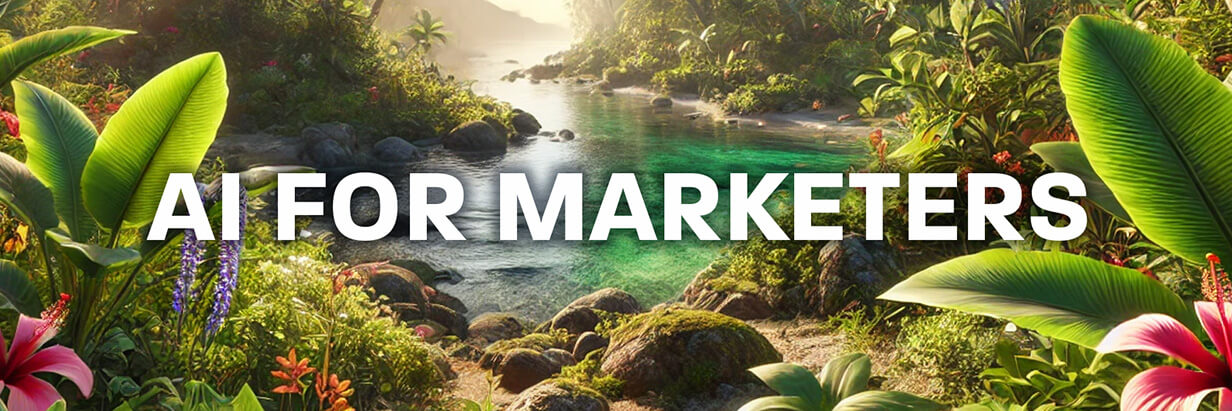
How to Build an AI Marketer That Performs Like Your Best Hire
Imagine hiring a new marketing assistant… Every. Single. Day. That's what it's like when you don't have a persistent AI setup tailored to your brand. But, there's a smarter way—and it's surprisingly simple.
In this video, we show you how to build your own AI-powered marketing assistant using ChatGPT's new Projects feature.
It's like creating a team member who already knows your audience, strategy, and style without the repetitive onboarding. Whether you're running a lean business or managing a growing digital brand, this tool can cut hours off your workload and make your marketing sharper, faster, and more consistent.
You don't need to be a tech expert to set it up. This guide breaks it into four doable steps, plus a bonus tip to share it with your team.
Want to see how to make AI truly work for your business (not the other way around)? Watch more here.
5 AI Research Tricks Your Competitors Don't Want You to Know
Are you still relying on outdated methods to understand your audience—surveys, assumptions, or hours lost scrolling forums? With the right AI tools, you can generate actionable audience insights in under an hour, and no agency or research firm is required.
Our latest video walks through how to use ChatGPT's deep research feature to surface unfiltered customer questions, language patterns, influencer networks, and even competitor weaknesses—all drawn from real conversations on platforms like Reddit and Quora. The results are strategic assets for messaging, content planning, and market positioning.
You'll see exactly how to prompt AI for a comprehensive report that typically takes a human researcher a week or more to compile. And more importantly, how to turn that intelligence into marketing content, product direction, or sales enablement that actually resonates. Watch more here.
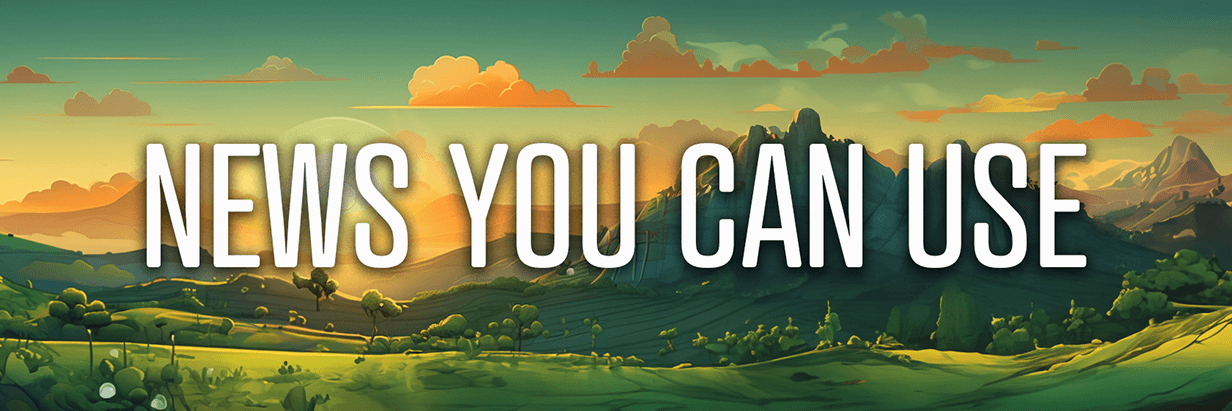
TikTok Details Ads Delivery and Attribution Tools: TikTok has unveiled a suite of automation and measurement updates for advertisers, highlighted by the launch of Smart+—a unified ad buying platform offering flexible control across automation, targeting, and creative. Integrated Symphony tools enable fast, AI-driven content creation, while GMV Max's new Creative Hub delivers in-depth campaign insights. To better track conversions, TikTok is rolling out third-party attribution support with Google Analytics and a new Assisted Conversions feature to reveal off-platform impact. TikTok
Anthropic and Salesforce Bring Claude to Regulated Sectors: Anthropic and Salesforce have expanded their partnership, positioning Claude as the preferred model within Salesforce's Agentforce platform for regulated industries like finance, healthcare, and cybersecurity. Deployed via Amazon Bedrock, Claude operates securely within Salesforce's private cloud. The partnership also includes co-developed, industry-specific AI solutions and deeper integration with Slack, enabling Claude to analyze conversations, summarize insights, and interact with enterprise data. Internally, Salesforce is adopting Claude Code across its engineering teams, while Anthropic showcases its use within Slack to streamline operations. Anthropic
Google Expands Nano Banana AI to Search and Soon Photos: Google is bringing its Gemini 2.5 Flash-powered image generation model, Nano Banana, to more users via Google Search and NotebookLM, with Google Photos integration on the horizon. In Search, users can now transform images using the new "Create" mode in Google Lens. In NotebookLM, Nano Banana enhances Video Overviews with contextual illustrations, six unique styles, and a new "Brief" format for quick insights. With over 5 billion images generated to date, the expansion marks a major milestone in making generative AI accessible across Google products. Google
Google Enhances Discover with AI-Powered Previews and Expanded Web Links: Google has introduced new AI-driven updates to Search and Discover, aimed at helping users connect more effectively with trending topics and fresh web content. Discover now offers expandable previews that summarize key stories and link to a wide range of sources, making it easier to explore current events. The feature is live in the U.S., South Korea, and India, with the goal of showcasing a broader mix of publishers and creators. Google
NotebookLM Enhances Video Overviews with Nano Banana Visuals and New Formats: NotebookLM has launched a major upgrade to its Video Overviews feature, now powered by Gemini's Nano Banana image generation model. The update introduces six visual styles—ranging from Anime to Whiteboard—and adds a new "Brief" format for quick summaries, alongside the existing in-depth Explainer videos. Users can further customize videos by highlighting specific sections of their documents for visual narration. These enhancements aim to make complex content easier to digest and are now rolling out to Pro users, with broader availability coming soon. Google
Claude Launches Skills: Anthropic has introduced Claude Skills, a new feature that enables users to boost Claude's task-specific abilities through customizable folders of instructions, code, and resources. Claude automatically invokes relevant Skills as needed across apps, Claude Code, and the API—supporting specialized use cases like Excel automation or brand-compliant content creation. Skills are efficient, composable, and portable, and can include executable code. Users can build and manage custom Skills via the Claude Console or skill-creator guide, with enterprise-ready tools available for broader team deployment. Anthropic
Anthropic Launches Claude Haiku 4.5: The high-efficiency model delivering state-of-the-art coding capabilities at a fraction of the cost and latency of larger models. Haiku 4.5 rivals Claude Sonnet 4 in coding tasks and excels in real-time applications like chat assistants and customer service. It's also Anthropic's safest model yet, achieving AI Safety Level 2 status. Available today via the Claude API and in Claude Code, it offers an ideal balance of speed, safety, and performance for developers and teams. Anthropic
Gemini-Powered Scheduling Assistant Integrates With Gmail: Google has introduced a new feature in Gmail called "Help me schedule," powered by Gemini. When replying to emails about meetings, Gmail now detects the intent and offers smart time suggestions based on your Google Calendar and message context. These suggested slots are embedded into your reply, and once the recipient selects a time, a Google Calendar invite is automatically created. This update streamlines the scheduling process directly within your inbox. Google
Google Launches Veo 3.1: Google has rolled out Veo 3.1, its latest AI video generation model, bringing improved realism, narrative control, and rich audio support to Flow—its creative filmmaking platform. Users can now add or remove objects, generate scenes from multiple reference images, and seamlessly extend clips with new precision tools. All key Flow features now include AI-generated audio for deeper storytelling. Veo 3.1 is also available via Gemini API and Vertex AI, enabling developers and businesses to build with state-of-the-art video capabilities. Google
LinkedIn Introduces Conversion Lift Testing for Incremental Impact Measurement: LinkedIn's latest analytics feature that allows marketers to quantify the true incremental conversions generated by their LinkedIn Ads. By comparing conversion rates between randomized exposed and control groups, the tool isolates the ads' direct impact beyond organic performance. Marketers can use these insights to refine campaign strategy, verify effectiveness across the funnel, and justify ad spend more precisely. The feature is now available globally through Campaign Manager for advertisers with the Insight Tag or Conversion API enabled. LinkedIn
Meta to Restrict Attribution and Breakdown Options in Ads Insights API by 2026: Meta has announced upcoming changes to the Ads Insights API, effective January 12, 2026, including the deprecation of 7-day and 28-day view attribution windows. Breakdown metrics such as unique counts, hourly stats, frequency, and MMM data will also face historical data limits, ranging from 6 to 13 months. These updates align the API with Ads Manager standards and are designed to maintain data accuracy and consistency. Developers are advised to review Meta's changelog for full implementation details and assess any potential integration impacts. Meta
Pinterest Launches User Controls to Manage AI-Generated Content in Feeds: The updated personalization tuner, available on Android and desktop (and coming soon to iOS), allows users to reduce GenAI content in high-AI categories like beauty, fashion, art, and home decor. This move responds to growing user demand for a better balance between AI innovation and authentic human creativity, putting greater control in the hands of Pinterest's community. Pinterest
Threads Adds Group Chats: Meta has expanded messaging on Threads with the launch of group chats, now supporting up to 50 participants. The update builds on Threads' DM features, which now include support for photos, videos, GIFs, stickers, and a message requests folder. Group chats are rolling out to users in Europe this week, and future updates will allow invite links for easier participation. Admins can manage group membership, users can edit messages within 15 minutes, and moderation tools are in place to report chats or messages. Threads
X Rolls Out Draft Syncing and New Profile Info to Boost Trust and Engagement: X has introduced updates aimed at improving usability and authenticity on the platform. Drafts created in-app now sync with the web version, resolving a long-standing creator pain point, though media syncing is still in progress. To combat bots and misinformation, X is also testing enhanced profile transparency, including visible account origin details and username history. Meanwhile, the platform is developing ways to reward creators who initiate viral trends. Social Media Today
YouTube Expands Voice Replies, Courses, and Rolls Out Major Visual Updates: YouTube has significantly expanded its Voice Replies feature to more creators on mobile, allowing replies to comments via 30-second voice messages. Ad-supported courses are now open to creators with advanced features, offering badges, quizzes, progress tracking, and deeper learning tools. Major visual updates are also launching globally across devices, including improved save and playback interfaces, comment threading, and expressive like animations. In shopping, creators can now tag grouped product variations to streamline discovery. YouTube also reminds creators to opt into channel insights sharing to enhance sponsorship opportunities. YouTube
YouTube Expands Fixable Violations Tool to Include Content Warnings: YouTube is broadening its fixable violations test to include videos that receive a Community Guidelines warning, not just age restrictions or removals. Eligible creators with advanced feature access can now use built-in tools to revise flagged content and request a re-review. Only one fix attempt is allowed per video, and not all violations are eligible under this test. YouTube's policy team will evaluate the edited content and may lift the enforcement if it complies with platform rules. Creators can still opt to appeal instead of revising. YouTube
What Did You Think of Today's Newsletter?
We Turned 16! 🥳
You know what that means? Scout drives now!

Michael Stelzner, Founder and CEO
P.S. Add
michael@socialmediaexaminer.com into your contacts list. Use Gmail?
Go here to add us as a contact.
We publish updates with links for our new posts and content from partners. Your information: Email:
tukangpostoemel@gmail.com Opted in on: 2021-09-06 17:20:47 UTC.